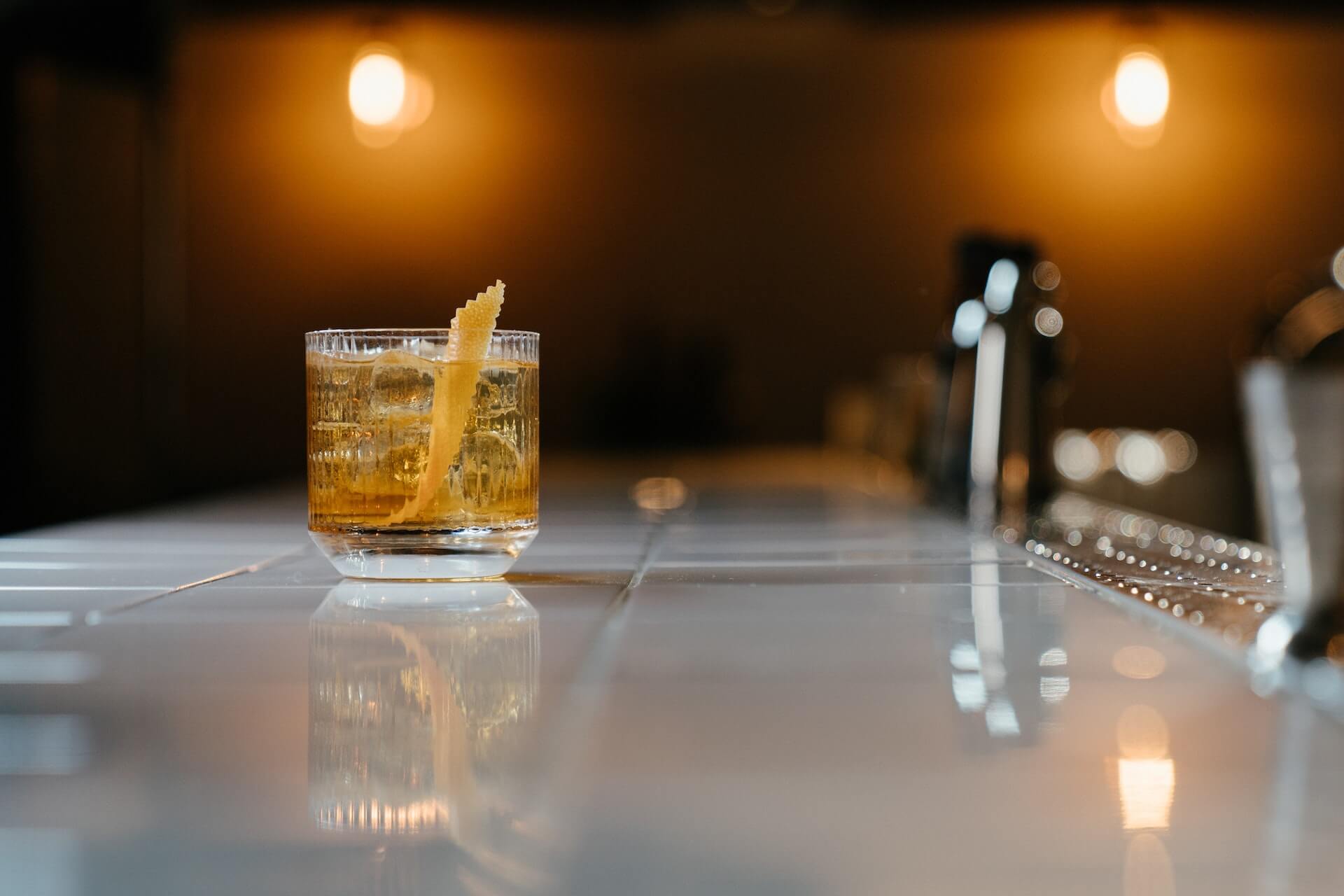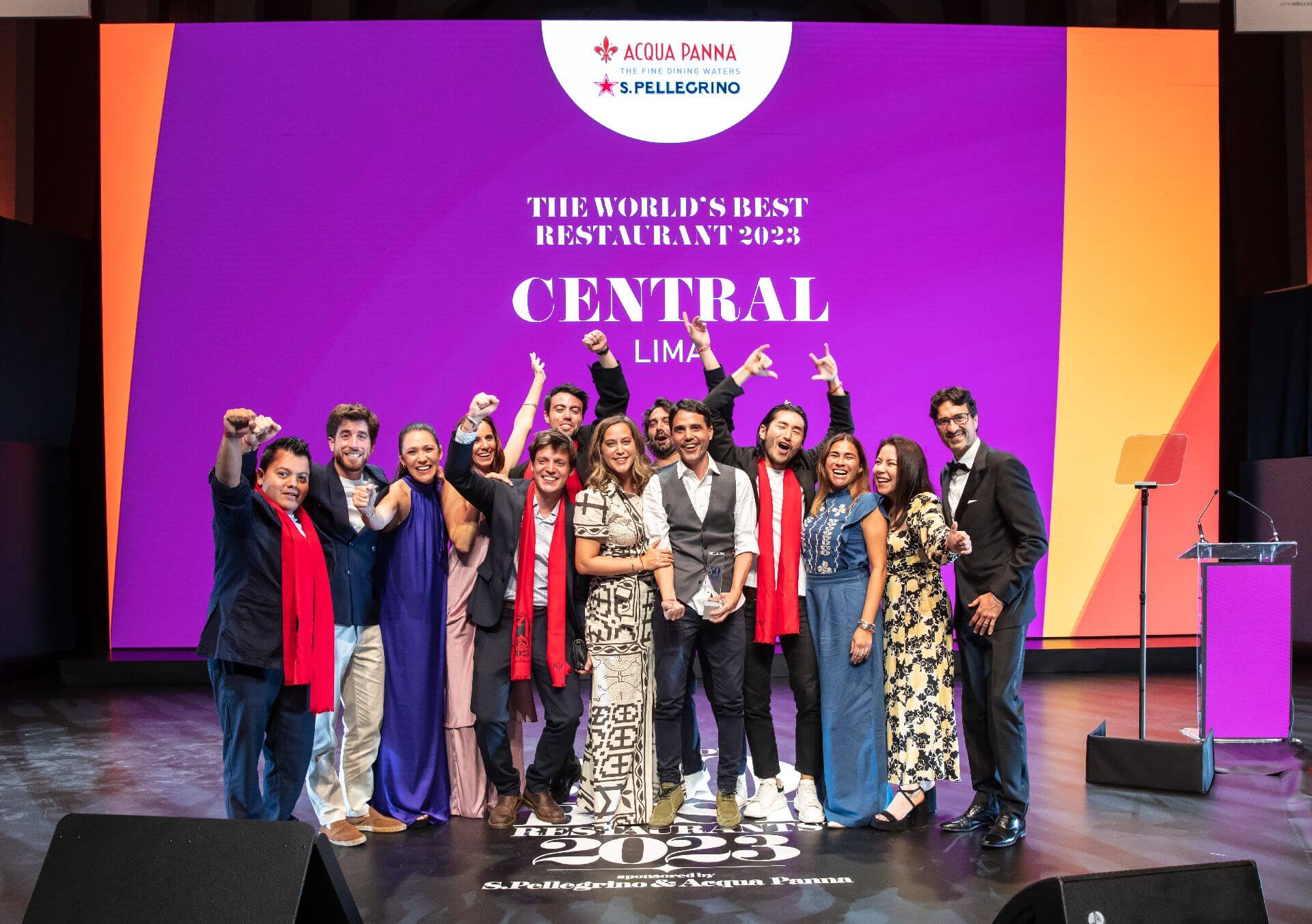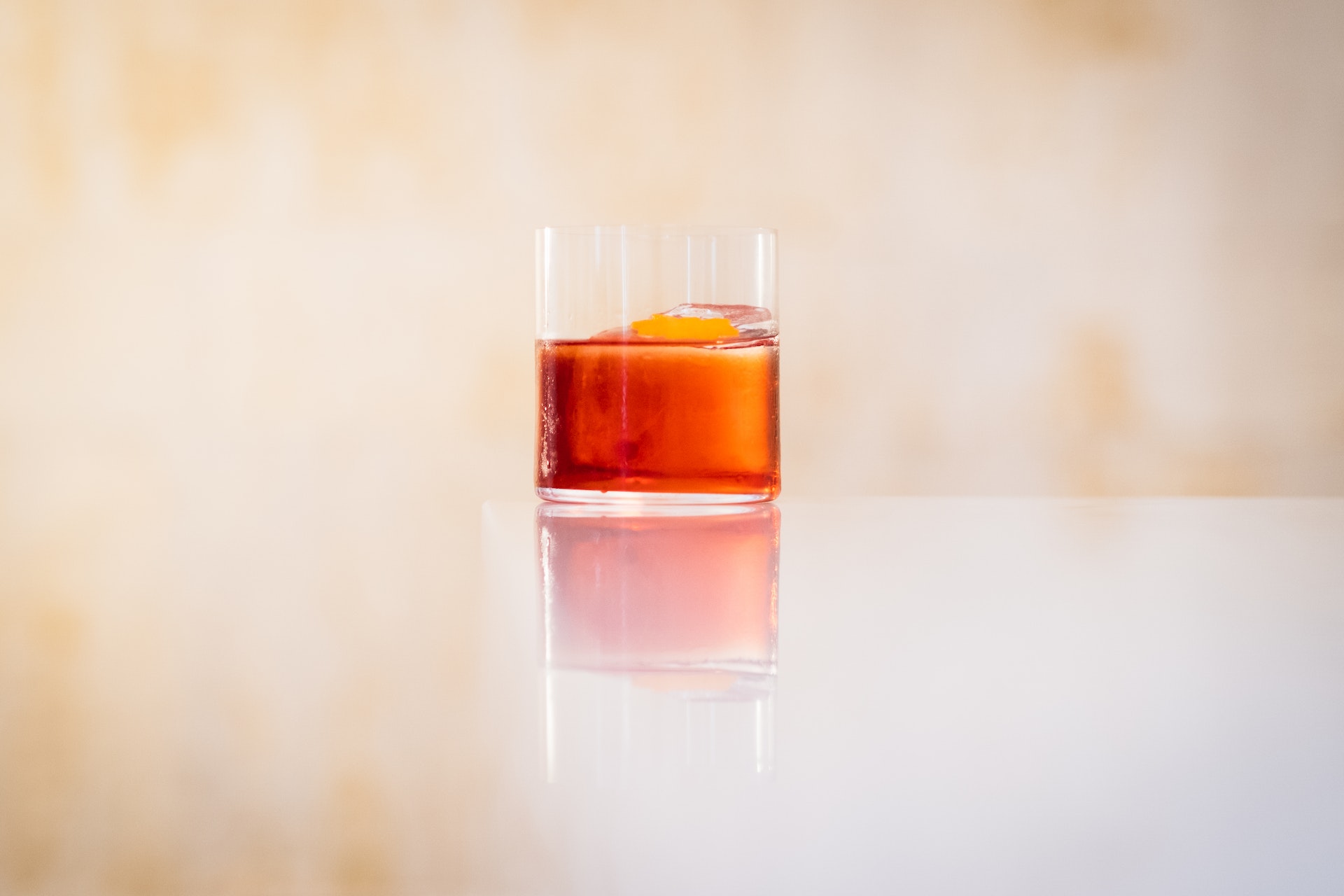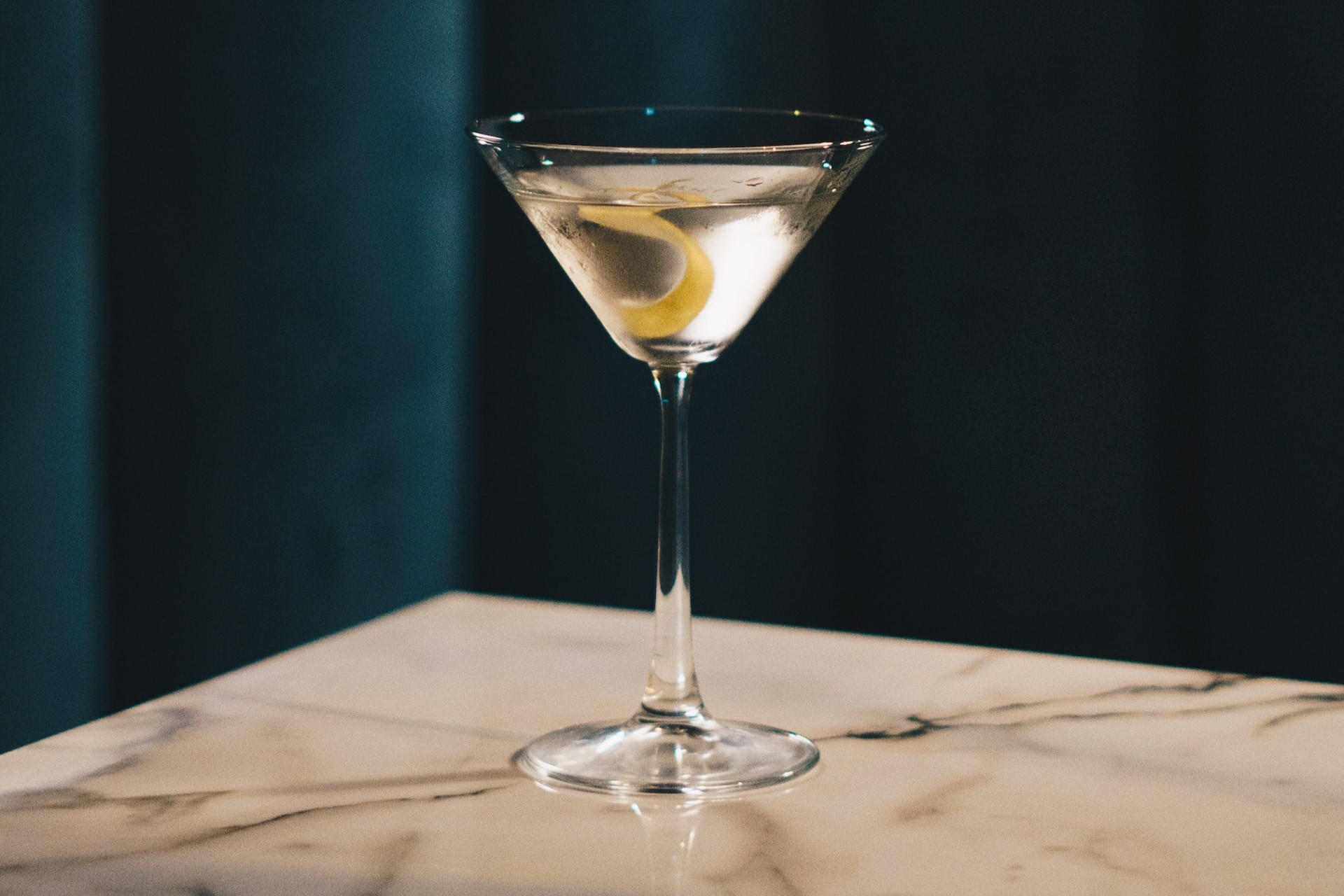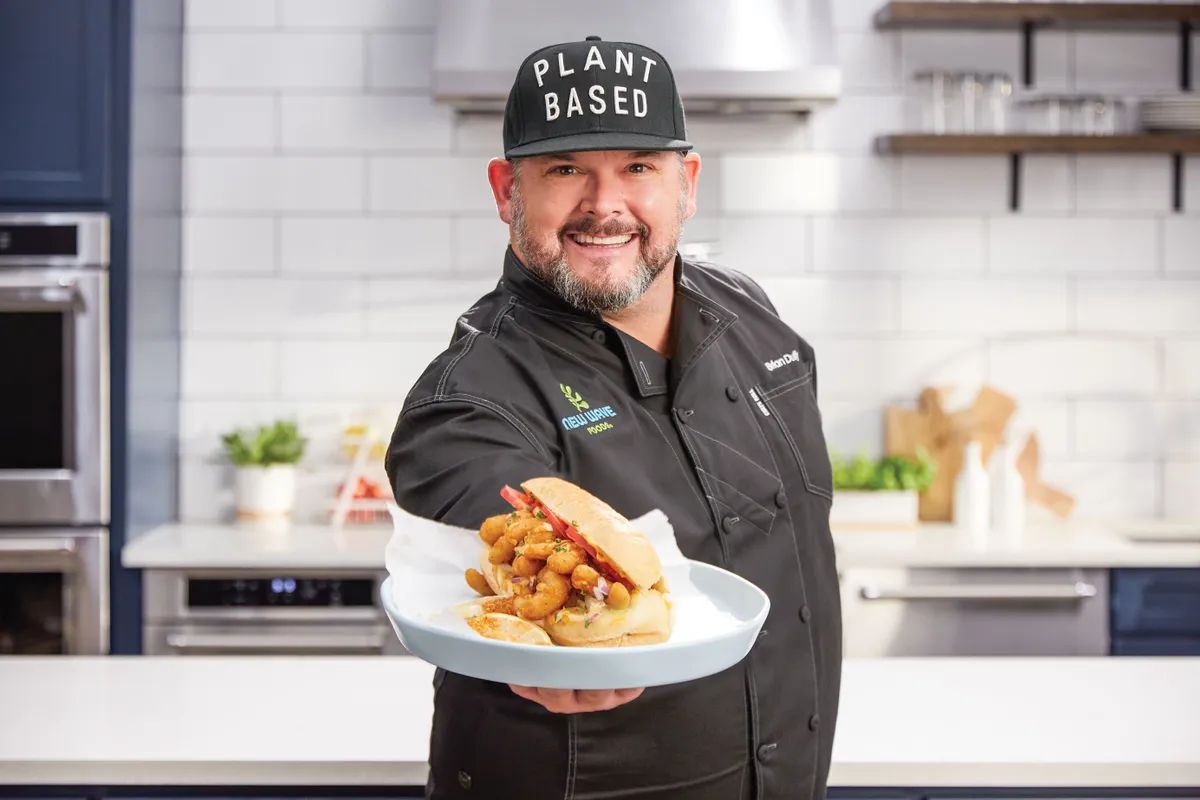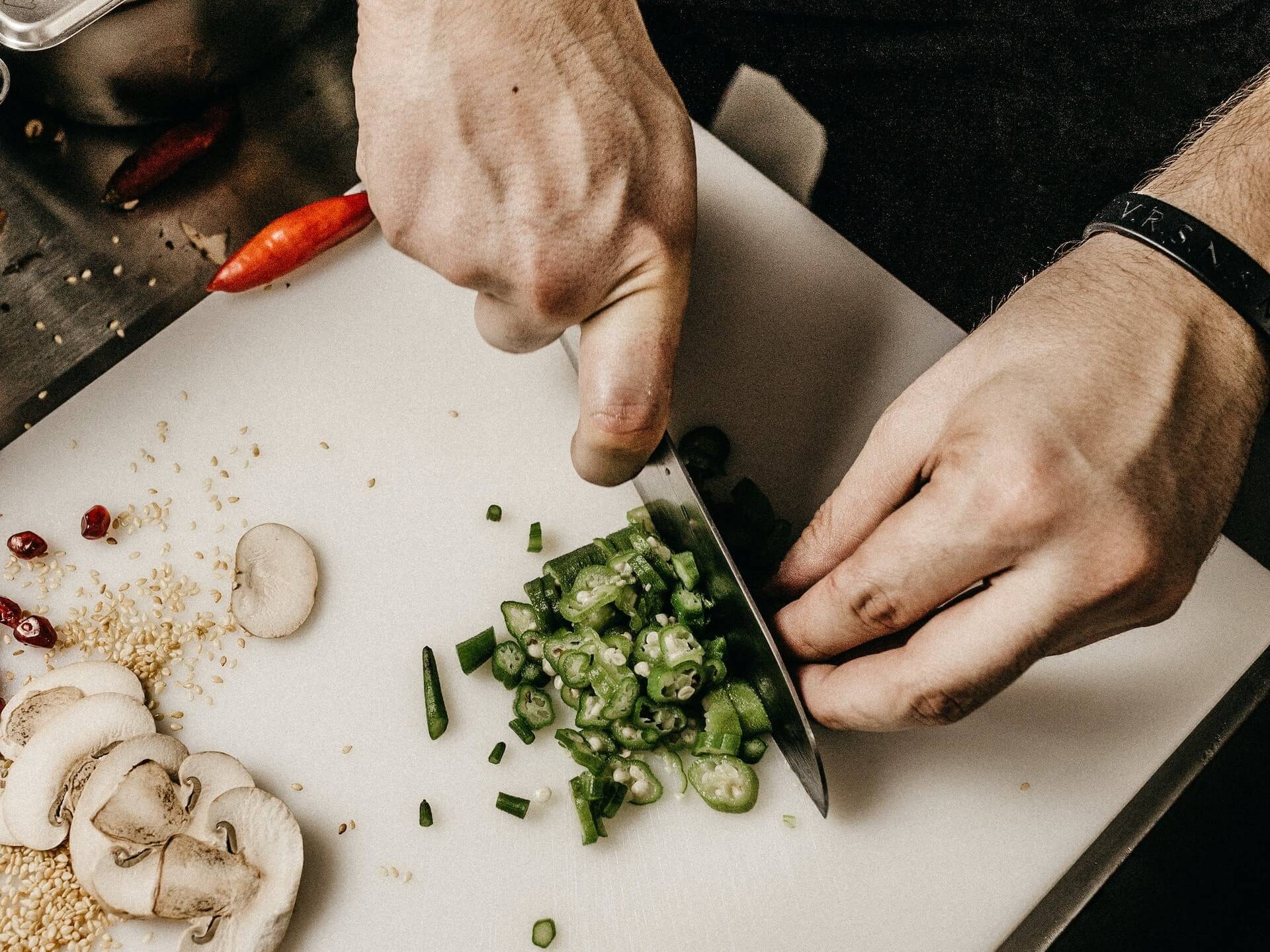AI Guesses 2023 Spirited Award Winners
by David Klemt

Ahead of the 17th annual Spirited Awards ceremony I asked a chatbot called Chat AI to guess the winner in each award category.
Before we get into the chatbot’s guesses, this is solely for entertainment. I’m not a programmer or engineer. I don’t pretend to know how to work with and get the most out of artificial intelligence. I thought this would be a bit of good fun.
In fact, I asked a very simple question, followed by the awards and nominees of each main category: “Can you guess the winner of each category below?”
That’s it—very simple. But, hey, if any of the guesses turn out to be accurate, that’s pretty cool. It will mean that Canada, New York, San Francisco, and Singapore are going to do well this year.
Another note: I couldn’t use ChatGPT, Bing AI, or Google Bard for this little project. It took some doing to find a chatbot that would tackle making award predictions.
Ultimately, it was AI Chat from DeepAI that made the guesses. It did so quickly and without hesitation.
Now, I can’t say that I know what criteria DeepAI AI Chat used to make its guesses. I have no idea if it crawled reviews and articles in a split second. Nor can I say that Chat AI did anything but apply random selection generation (that sounded techy, didn’t it?).
Again, this is really just for fun, so I’m not overly bothered by AI Chat’s methodology. The platform is not, to the best of my knowledge, affiliated in any way with Tales of the Cocktail or their judges. In fact, I didn’t even mention Tales of the Cocktail Foundation or the Spirited Awards when “conversing” with Chat AI.
US Categories
US Bartender of the Year presented by Pernod Ricard USA
Masahiro Urushido, Katana Kitten (New York, New York)
Best US Bar Mentor presented BarSmarts
Nectaly Mendoza
Best US Brand Ambassador presented Libbey
Vance Henderson (Hendrick’s Gin)
Best US Bar Team presented by William Grant & Sons
Pacific Cocktail Haven (San Francisco, California)
Best US Cocktail Bar presented by Absolut Vodka
Service Bar (Washington, DC)
Best US Hotel Bar presented by Grey Goose
Dear Irving on Hudson at the Aliz Hotel (New York, New York)
Best US Restaurant Bar presented by Amaro Montenegro and Select Aperitivo
Kumiko (Chicago, IL)
Best New US Cocktail Bar presented by Diageo Bar Academy
Pacific Standard at the KEX Portland (Portland, Oregon)
International Categories
International Bartender of the Year presented by The Busker
Giorgio Bargiani, Connaught Bar (London, England, United Kingdom)
Best International Bar Mentor presented by Tales of the Cocktail Foundation
Agostino Perrone
Best International Brand Ambassador presented by Tales of the Cocktail Foundation
Daniyel Jones (House of Angostura)
Best International Bar Team presented by Angostura Caribbean Rum
Paradiso (Barcelona, Spain)
Best International Cocktail Bar presented by Patrón Tequila
Atwater Cocktail Club (Montréal, Québec, Canada)
Best International Hotel Bar presented by Perrier
Botanist at the Fairmont Pacific Rim Hotel (Vancouver, British Columbia, Canada)
Best International Restaurant Bar presented by Tales of the Cocktail Foundation
Analogue Initiative (Singapore)
Best New International Cocktail Bar presented by Diageo Bar Academy
Night Hawk (Singapore)
Global Categories
Best New Spirit or Cocktail Ingredient presented by Lyre’s Non-Alcoholic
PATRÓN El Alto Tequila
World’s Best Cocktail Menu presented by Diageo Bar Academy
Panda & Sons (Edinburgh, Scotland)
World’s Best Spirits Selection presented by Tales of the Cocktail Foundation
Baba Au Rum (Athens, Greece)
Writing & Media Categories
Best Cocktail & Spirits Publication presented by Tales of the Cocktail Foundation
Difford’s Guide
Best Broadcast, Podcast, or Online Video Series presented by Tales of the Cocktail Foundation
The Speakeasy Podcast
Best Cocktail & Spirits Writing presented by Tales of the Cocktail Foundation
“The Great Mezcal Heist” by Emma Janzen, for Eater
Best New Cocktail or Bartending Book presented by Tales of the Cocktail Foundation
Modern Classic Cocktails by Robert Simonson
Best New Book on Drinks Culture, History, or Spirits presented by Tales of the Cocktail Foundation
A SENSE OF PLACE: A Journey Around Scotland’s Whisky by Dave Broom
Image: Markus Spiske on Unsplash


